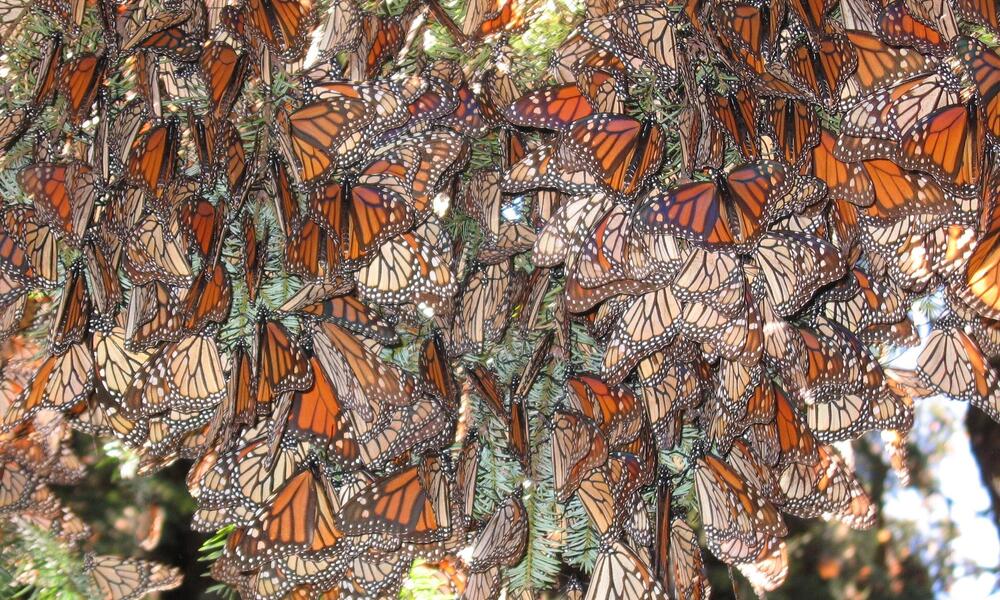Monarch butterflies are one of the most majestic and fascinating creatures on Earth. These delicate insects are known for their distinctive orange and black wings and can travel up to 3000 miles during the great Monarch butterfly migration, which is one of the most extraordinary feats for such a small creatures.
The Annual Migration & Challenges
According to World Wildlife Fund, the monarch butterfly migration is an annual event that takes place in North America. It takes several generations to complete the full cycle. Each year, millions of these butterflies fly south from Canada and United States to the forests of central Mexico, where they hibernate and wait out the winter months. When spring arrives, they mate and lay eggs before dying, and the offspring continue the journey back northward.
During this long journey, the butterflies face many challenges such as bad weather, predators, and the loss of habitat. Unfortunately, these challenges have become even more severe in recent years, with the monarch butterfly now classified as an endangered species.
Dangers Faced
Habitat loss due to human activity, climate change, and the use of pesticides has led to a significant decline in monarch butterfly populations. The loss of milkweed plants, which are essential for the butterflies’ survival, has been particularly devastating.
National Geographic reports that scientists are still uncovering the secrets behind how monarch butterflies are able to navigate such long distances. They believe that the butterflies use a combination of environmental cues, such as the position of the sun and the Earth’s magnetic field, to find their way. Additionally, the butterflies rely on their memory to find their way back to their breeding grounds.
Crucial for our Ecosystem
The Monarch Butterfly migration is not only fascinating, but also essential for the ecosystem. These butterflies play an important role in pollinating many different types of plants, including milkweed, which is a critical source of food for the caterpillars.
Efforts are underway to protect and restore the habitat of the monarch butterflies, and conservationists are working to raise awareness about the importance of preserving these remarkable insects. Additionally, you can help by planting milkweed and other native plants in your gardens and avoiding the use of pesticides.

